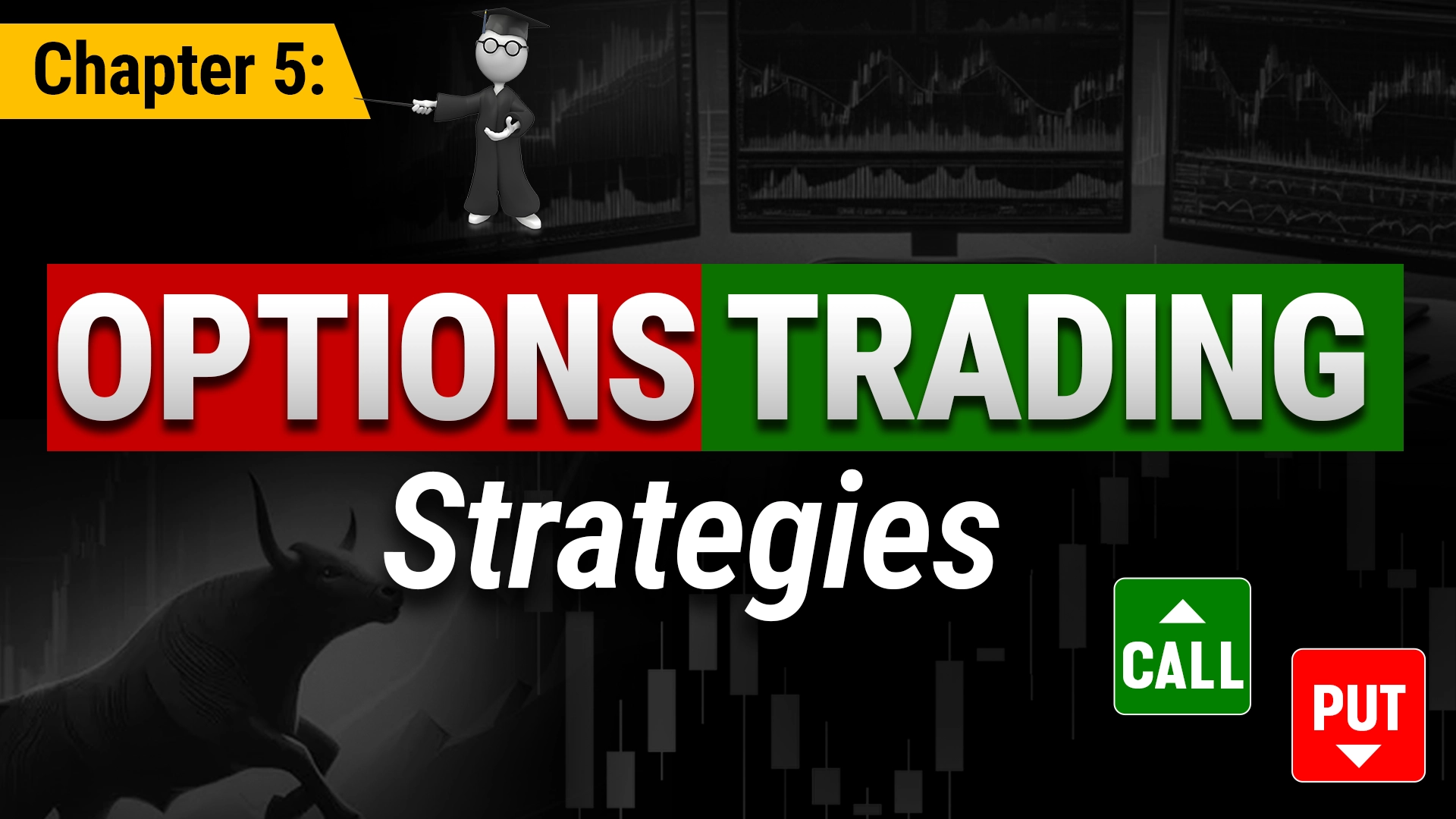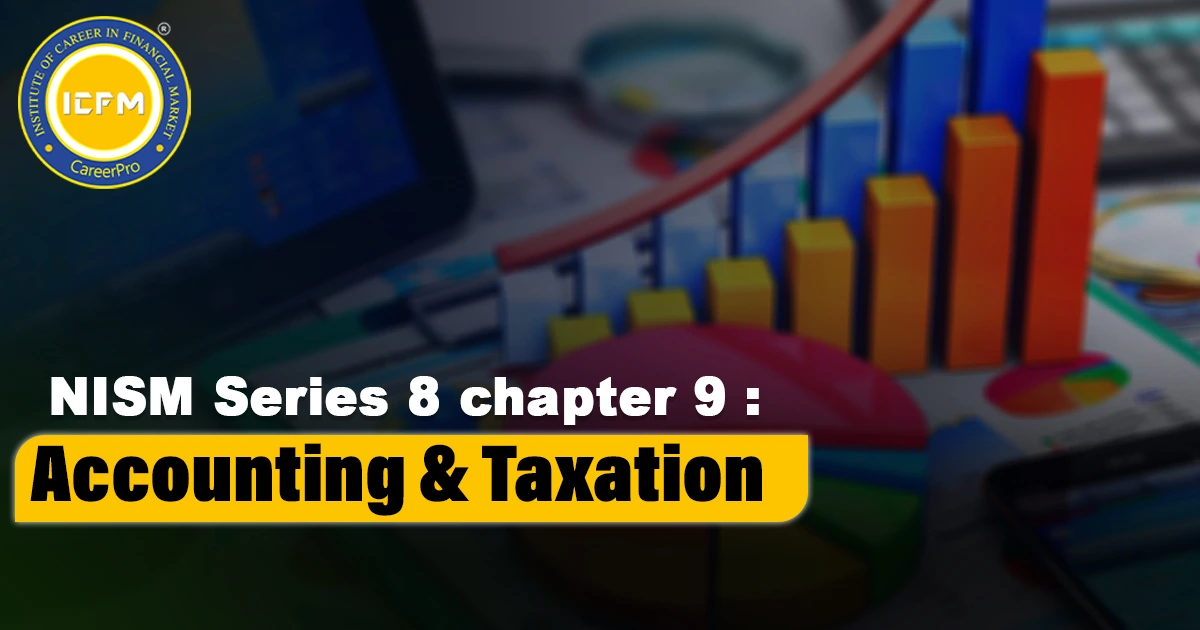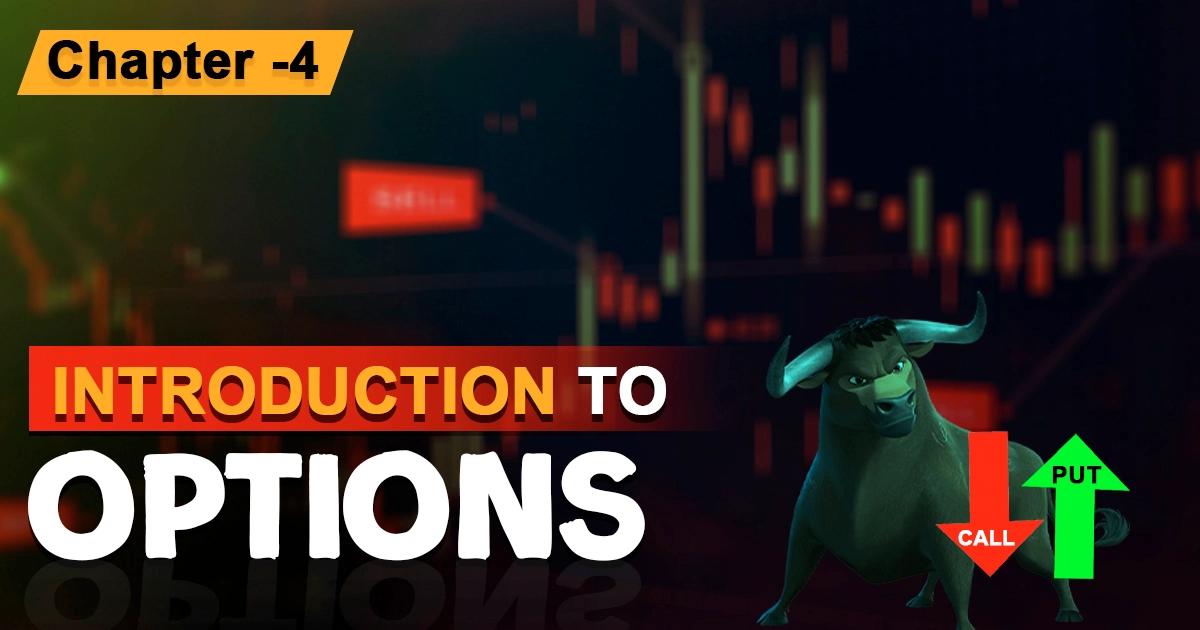Chapter 5: Option Trading Strategies
5.1 Option Spreads
5.2 Straddle
5.3 Strangle
5.4 Covered Call
5.5 Protective Put
5.6 Collar
5.7 Butterfly Spread.
5.1 Option Spreads
Options spreads are options of the same kind (calls or puts) on the same underlying but of different strikes and/or expiries. The potential profit and potential losses are limited by such strategies. They can be classified into:
1. Vertically Spreads– Same expiry, different strike prices.
Bullish Vertical Spread:
(a) On Calls: Buy lower strike call, sell higher strike call to decrease cost but cap profit potential.
(b) On Puts: Buy a lower strike put to protect against the risk of shorting a put. This generates a net premium receipt.
Bearish Vertical Spread:
(a) Using Calls: Sell a short-term lower strike call and buy a higher strike call as a way to limit potential losses in a bearish market.
(b) Using Puts: Go long on a put at a higher strike, sell a put at a lower strike as a way to reduce cost while maintaining a bearish perspective.
2. Horizontal Spreads (Time Spreads/Calendar Spreads)-
Same strike, different expiration. Focuses on making the most of the differential in time value between options.
3. Diagonal Spreads-
(a) Combination of different strikes and expirations. More complex, mostly used for over-the-counter markets
(b) This can be used for risk as well as cost management within options trading, though the intricacy varies.
5.2 Straddle
A straddle means buying or selling a call and a put with the same strike price and expiry.
1. Long Straddle:
(a) Strategy: Buy a call and a put with the same strike and expiry.
(b) Goal: The use when the trader expects a big move but is unsure about the direction.
Profit/Loss :
(a) The loss is maximum in the amount of total premiums paid to the seller call and put premiums.
(b) The profit potential is unlimited in both ways after moving sufficiently the price to cover up the premiums paid.
Example: When the stock moves sharply up or down, the profit from one leg, call or put, will offset the loss on the other with extra profits as the price continues moving.
2. Short Straddle:
(a) Strategy: Sell a call and a put with the same strike and expiry.
(b) Purpose: This is applied when the trader believes there is little or no movement in the price of the underlying asset.
Profit/Loss:
(a) The maximum profit is the addition of premiums received from selling both options.
(b) The losses can be considerable in case the price moves significantly away from the strike price.
5.3 Summary of the Strangle Strategy:
A strangle is almost identical to a straddle but with other strike prices and at cheaper costs because of the use of out-of-the-money options.
1. Long Strangle:
(a) Strategy: Buying an out-of-the-money call and a put with different strike prices.
(b) Purpose: Used when the trader foresees high price action in either direction but can't decide on the direction.
Profit/Loss:
(a) Maximum loss is the total premiums paid on both options, lesser cost than a straddle.
(b) Profit occurs if the price moves substantially in any direction that surpasses the two break-even points, or BEP.
Example: If the stock moves to 5700 or 6800, the position profits as the value of one leg increases and the other becomes worthless.
2. Short Strangle:
(a) Strategy: Sell an out-of-the-money call and put it with different strike prices.
(b) Objective: In case of minimum or no price movement of the underlying asset.
Profit/Loss:
- Maximum profit from selling both options is the total premiums.
- Losses can be quite serious if the price moves significantly away from the strike prices.
5.4 Covered Call Strategy:
A covered call strategy refers to a strategy that involves holding an existing stock position and selling a call option on that stock to generate additional income through a premium.
(a) Trade idea: Buy one stock in the cash market and sell a call option on that stock with a higher strike price.
(b) Objective: Earn income from the premium. Since it reduces the cost of purchase, there is no intention to sell the stock.
Profit/Loss:
If the stock price rises;
The stock is going to be worthwhile, but the call sold will incur a loss if the value increases beyond the strike price.
Example: Suppose the stock advances from 1590 to 1640 then the stock moves by 50 but the call option produces a loss of 30, and therefore the net is plus 20.
In case the stock price falls The stock declines but the premium from the call option remains as income to share some of the lost.
5.5 Protective Put Strategy:
A protective put is employed to limit potential downside risk in a stock position, yet retain upside potential.
(a) Strategy: Buy a stock in the cash market and concurrently buy a put option on the same stock with the same strike price.
(b) Objective: Limiting potential losses while staying invested in the stock for upside gains.
Profit/Loss:
If the stock price falls: The put option appreciates and so offsets losses in the position. The worst scenario is the loss of just the premium paid on the put.
Example: If it falls to 1530, then the stock lost $70 but the put gained $50. The net loss would only be $20-the premium paid.
If the stock price rises: The stock goes up but the cost of putting a premium incurs a loss. Net profit is: stock gain less put premium.
Example: If the stock price increases to 1660, then the stock rise is 60 while the put results in a loss of 20. Hence net result is 40.
5.6 Collar
A collar is a covered call married to a protective put to cancel out both upside and downside risks.
1. Strategy:
(a) Invest in a common stock position, in this case, similar to that of a covered call).
(b) Sell a call option, again similar to the sale in the covered call).
(c) Buy a put option to guard against a move downward; that is, just like the protective put.
2. Objective: To provide some kind of floor as regards losses, but also cap one's potential gain.
Profit/Loss:
(a) Downside protection: The long put limits the loss if the stock price falls.
(b) Upside limitation: The sold call limits the profit if the stock price rises above the strike price of the call option.
5.7 Butterfly Spread
A butterfly spread is an options strategy that includes holding a short straddle but in combination with out-of-the-money options that will keep the potential loss contained while at the same time allowing profit from a specific price range. It is mostly applied if the trader observes that the price of the underlying asset does not move much.
(a) Strategy:
Three various strike prices have the same expiration.
Trades buys one lower strike call, sells two middle strike calls, and buys one higher strike call.
These can be constructed either using just calls or just puts or using a mix of both.
Profit/Loss:
(a) Max Profit: This happens when the stock price is at the middle strike price. Here, the premiums received from the two short calls are maximized and the net position has the greatest value.
(b) Maximum Loss: Limited to the premiums paid for calls minus the premiums received for short calls. The loss shall arise when the stock price is either below the lowest strike or above the highest strike (eg 6000 or 6200).
(c) Break-even Points: The position breaks even at strike prices just above and below the middle strike price, depending on the premium paid.









